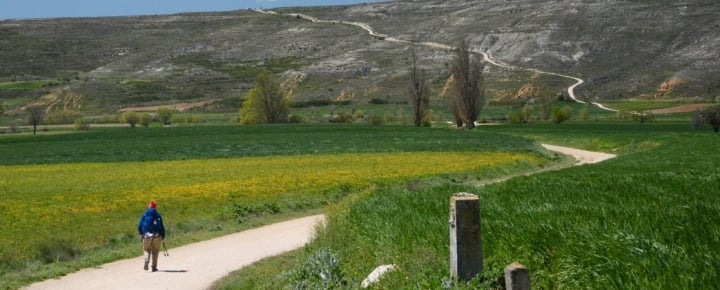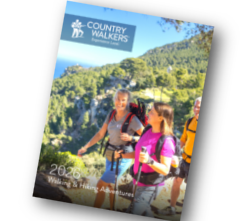Fitness
Stretching
Stretching adds flexibility and can make your walking, or other activity more comfortable. All stretches should be gentle, with no bouncing.
Warm up at an easy pace before stretching, never stretch cold muscles or you risk tearing them. Incorporate mobility exercises designed to take a muscle and joint through its range of motion. Start at the top of your body and work your way down. Find an upright pole or fence or wall to support you if needed:
Head Circles: Head Circles: Make 1/4 circles with your head. Start with your ear near your shoulder on one side, rotate your head around to the front, ending with your ear near the shoulder on the other side. Roll your head back to the other side. Repeat 5-10 times.
Arm Circles: With one arm at a time, make backwards arm circles with your palm facing out, thumb pointed up. Repeat 10-15 with each arm. Then make forward arm circles with palm facing in, thumb pointed down, repeat 10-15 times.
Hip Stretch: Stand up, take a half-step back with the right foot. Bend your left knee and shift your weight back to your right hip. While keeping the right leg straight, bend forward more and reach further down your right leg.
Walking Posture
How you hold your body is important to walking comfortably and easily. With good posture, you will be able to breathe easier and you will avoid back pain.
- Stand up straight
- Think of being tall and straight. Do not arch your back
- Do not lean forward or lean back. Leaning puts strain on the back muscles
- Eyes forward, not looking down, rather 20 feet ahead
- Chin up (parallel to the ground). This reduces strain on neck and back
- Shrug once and let your shoulders fall and relax, your shoulders slightly back
Arm Motion
Arm motion can lend power to your walking, burning 5-10% more calories, and acting as a balance to your leg motion.
- Bend your elbow 90 degrees
- Hands should be loose in a partially closed curl, never clenched
- Clenching your fists can raise your blood pressure and should be avoided
- With each step, the arm opposite your forward foot comes straight forward, not diagonally
- As the foot goes back, the opposite arm comes straight back
Walking Stride
Avoid over striding – taking longer steps to increase speed. This is potentially harmful and is inefficient.
- Take more, smaller steps rather than lengthening your stride
- Your stride should be longer behind your body, where your toe is pushing off, rather than out in front of your body.
- Your forward leg has no power, while your back leg is what is driving you forward. Getting the full power out of the push from the back leg as it rolls from heel to toe is the key to powerful, efficient walking







